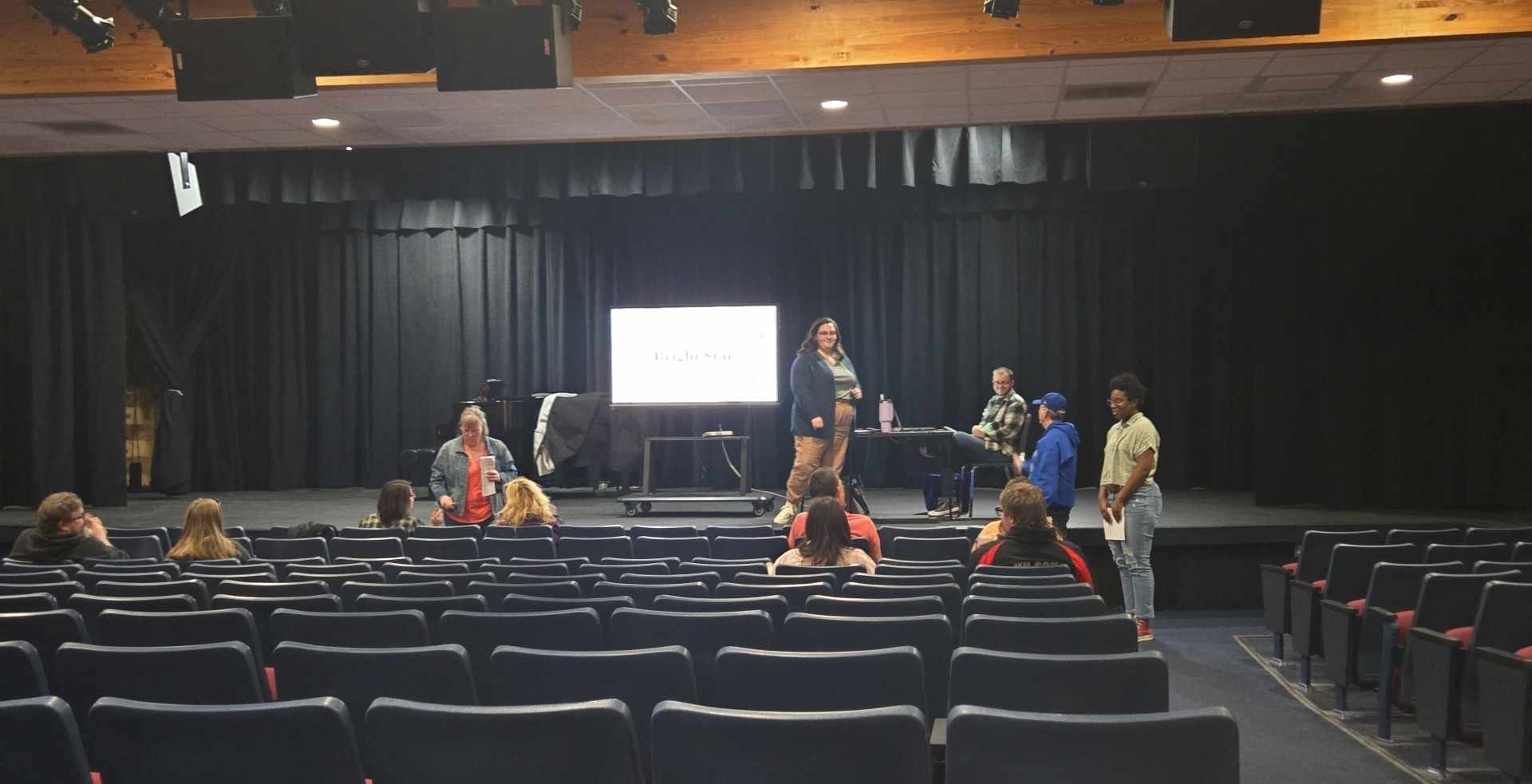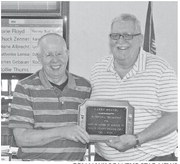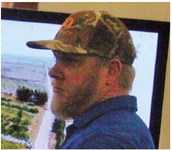Tales of our Beginnings


Cadott • Cornell • Lake Holcombe areas
Modern Farming in the ’60s
By the 1960s, farming had changed a lot since the early days, when farmers thought of tractors only as a luxury. Unbeknownst to the early settlers, horses were replaced and tractors became a necessity, with most farmers possessing at least two of the machines.
Rubber-tired tractors were introduced around the 1930s. With the farming vehicles, came milking machines and Delco electricity.
Among some of the first in the area to have the luxuries, were Frank Bates, Charlie Jahnke, Jim Sebesta, Charles Vlasnik, Frank Gardner, and Louie and Elmer Yohnk.
Bulk milk tanks were also a “fad,” with the first proud possessors Frank VanDenHuvel, Frank Klass, George Peterlik, Eugene Henneman, Jim Michal Jr., Norman Siverling, Paul Peterlik and Ted Falkenberg.
Today, almost all farms have electricity, milking machines or parlors, artificial breeding, and thousands of dollars worth of equipment for field and farmyard.
Over the years, prices have risen, as judged by a price/wages index dating back to the 1880s. Hay sold for $7/ton in 1884, while potatoes went for 35 cents a bushel in 1899. Pork was 5 cents per pound and eggs sold for 30 cents a dozen before the turn of the century.
Those who chose to sell beef cattle, saw the steers go to market for 32 cents a pound in 1950, while cows went for $400.
During the Depression, farm laborers received 50 cents a day, and board.
At the time the newest equipment hit, the most modern farm around was the Chapek farm, formerly the Charles Vlasnik farm, which was equipped with a milking parlor and loose housing, set up with automatic feeders. As of 1965, the Duncan McKay farm sold for $10,000. (Courtesy of the Cadott Centennial 1865-1965)




